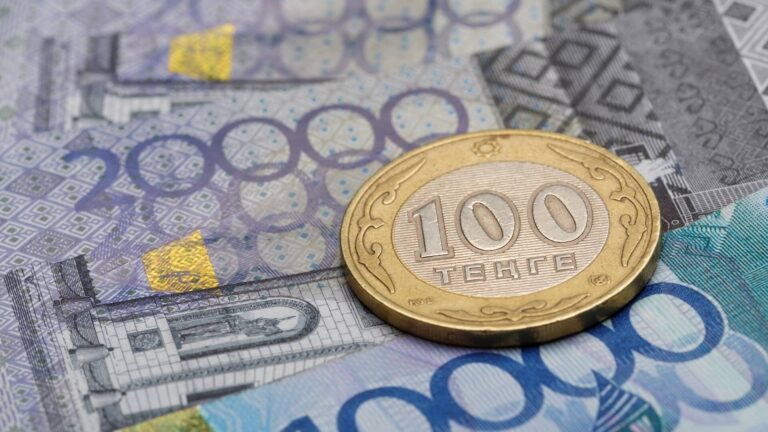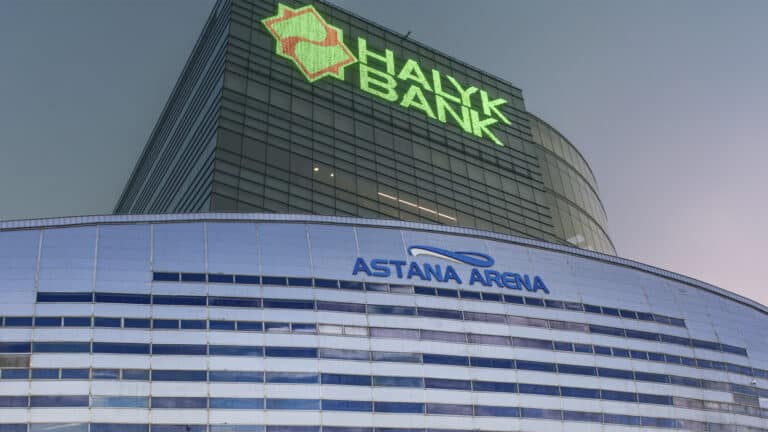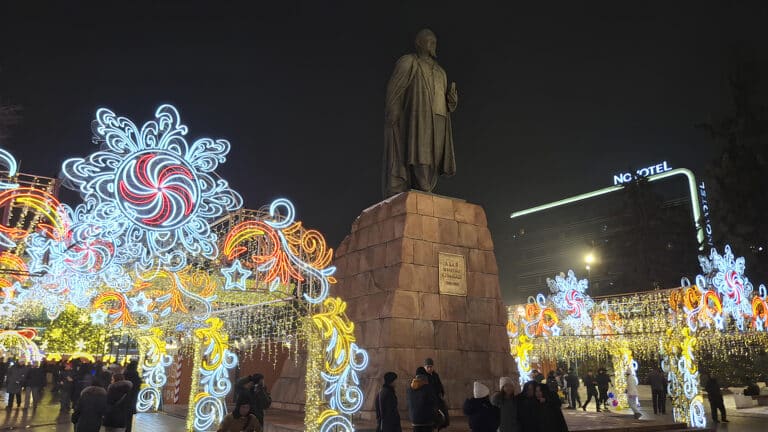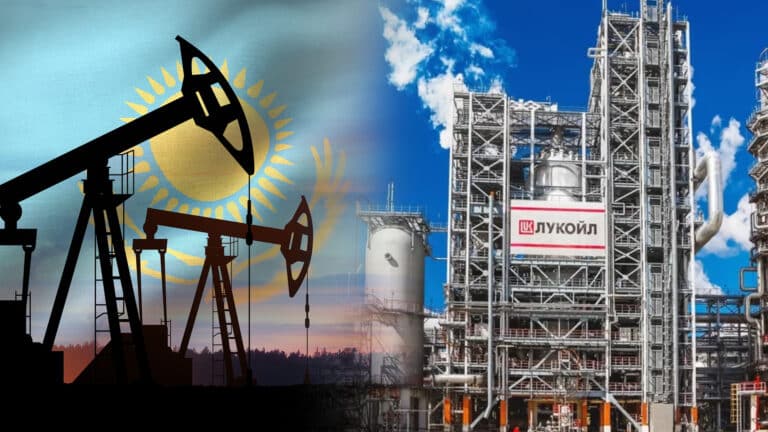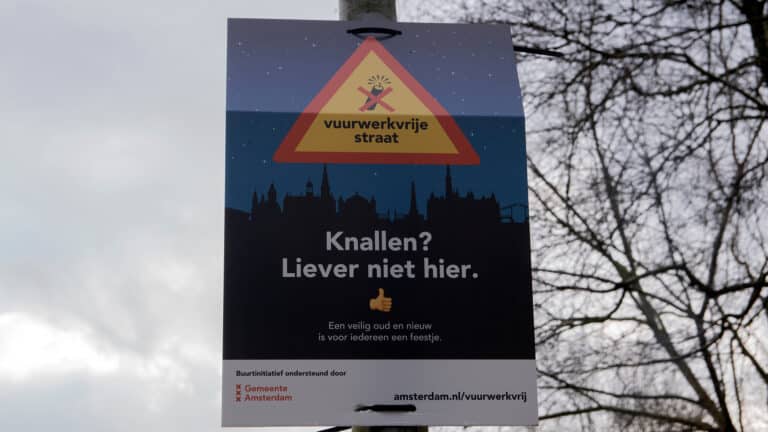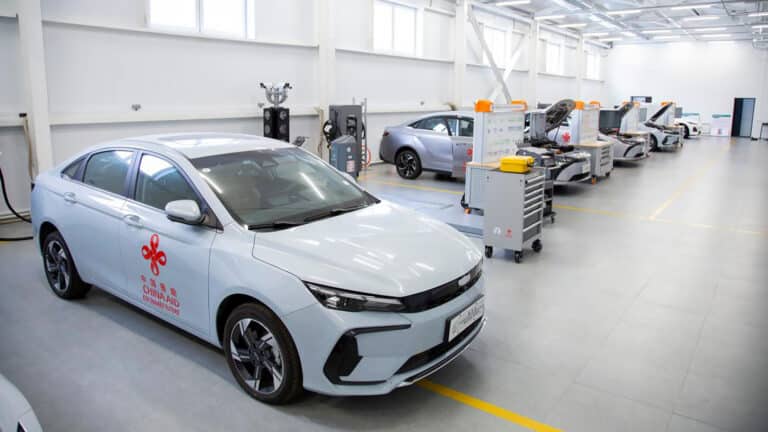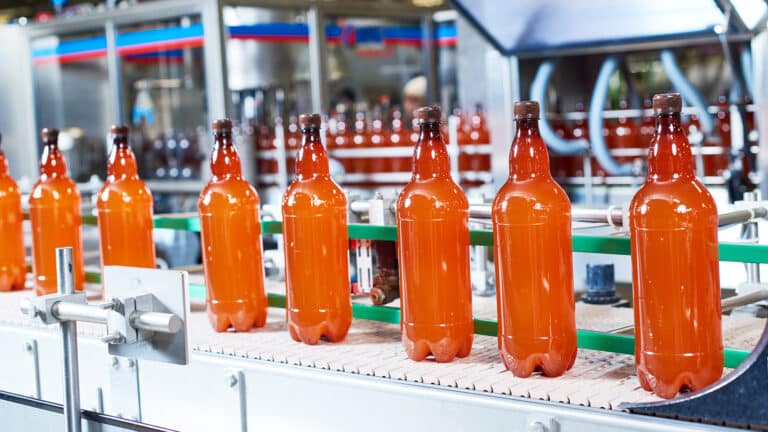The Ermak settlement was built on the left bank of the Irtysh at the end of the nineteenth century. Initially, it had been used as a transshipment facility for coal that was transported from Ekibastuz to Russian Omsk. After 50 years, this big settlement changed its status and got a new vector for further development. Now many have known Aksu as a site where several big factories are located. However, there are still a lot of small businesses and farmers.
Production
The town of Aksu was born in the middle of the last century (before 1993 the town was called Ermak) due to the fast development of the local ferroalloys plant and state district power plant. Both facilities went private right after the collapse of the Soviet Union and are part of the Eurasian Resources Group. This company is the biggest employer in the region: more than 8,000 Aksu residents or 11% out of the population of 72,000 work for it currently. After the change of the plants’ owner, these facilities show steady growth while in the early 1990s they struggled to survive.
Aksu Ferroalloys Plant (part of Kazchrome) is one of the biggest chrome producers and suppliers in the world. The plant occupies about 700 hectares and produces more than one million tons of product, the vast majority of whichis exported to Japan, South Korea, China, Europe, the United States and Russia.
According to Irina Sychina, manager of corporate communications, the unique feature of the plant is a combination of large-scale production of chrome, silicon and manganese alloys. All of these are extremely needed for various types of steel production.
«We get almost all this ore from local mines. We also actively use Kazakhstani produced coal; it is needed as a reducing reagent. Currently, the plant is aimed to increase production by 1.5 million tons a year and has been upgrading the whole production cycle,» she said.
Aksu power plant – Eurasian Energy Corporation JSC is one of the oldest production companies in Kazakhstan. It produces about 17% of all electricity in the country. Moreover, the Aksu station is a key element of an electric power system that connects West Siberia, Russian Altay and North-East Kazakhstan. The first 300-megawatt block was built here in 1968. After a renovation in the middle of 2000, its output increased to 2475 megawatt.
Thanks to these two production sites, there are very rare occupations required in the town. For example, some Aksu residents work as divers or collectors of the microbubbles that appear on the ash dump surface. Such jobs as furnace-operator, tapper, electric bridge crane operator and heat engineer are also highly popular in the region.
Farm, construction workers and medical personnel are required
Aksu job center says that many people whose background is judiciary or economic can’t find a job. At the same time, the town needs bricklayers, stucco workers and house painters. Medical personnel and agricultural workers – machine servicers and livestock experts – are needed as well. However, there is a lack of such specialists. Education workers have shown the highest rate of employability. Therefore, many struggle while trying to find a job.
According to the Aksu job center, many are starting their businesses here; during the first three quarters of this year, 93 grants for new startups have been given by local authorities. A third of these businesses is in agriculture and a third is in the construction area, sewing and food services, while a quarter of all grants has been provided for the beauty and printing industries.
One of the companies among these subsidy receivers is KronAgro.
«We are not focusing on only one direction; we produce vegetables, forage and dairy products. The general cost of all our projects is about $13.1 million. Partly it is our own money, and partly this is a loan from Agricultural Corporation. We’ve built two pumping stations, an irrigation system for 1500 hectares, a storage facility for potatoes anda dairy farm, and bought some machinery and livestock,» said Didar Beysenbayev, head of the company.
At the end of 2020, KronAgro plans to open a commercial dairy farm with one thousand cattle. In September the company bought 550 Simmental cattle from Austria and Germany and is planning to buy another 650 cows. Currently, one hundred locals work for the company and it is ready to expand the staff to 150 people.
«In the early stages of the pandemic, we faced some troubles in purchasing machinery and seeds due to the quarantine measures, but now everything is OK. We’ve been provided with fertilizers, diesel fuel and during the pandemic, we even increased the number of our employees. In our business, we have no holidays or sick leaves, so we strictly comply with all medical rules,» the head of KroAgro commented.
According to Beysenbayev, his company faces many obstacles but manages to fix most of them. For example, because the Aksu region is in a risk farming area, KronAgro is forced to do a lot of irrigation work, build a watercourse and buy special machinery. Because the company has a lack of water, the government provides a subsidy to purchase it.
«The main problem is lack of people. I think this is the most important issue for agricultural businesses and production plants. However, we have found the solution – we just started to train new people right here, inside the company. I mean when we hire new people we send part of them to our agricultural site for training. Also, we are taking students for practice as well as foreign specialists. For example, we have two agriculturists from Omsk (Russia),» he said.
Manpower shortage in agriculture is a result of low demand for such kind of specialties as agriculturists, livestock experts or horse doctors. The vast majority of young people seeks other occupations in finance, legal area, design or economics. To change this attitude of youth towards agriculture, Beysenbayev suggests increasing the number of colleges in this sphere. «The problem here is not a salary; agricultural industry can pay enough these days,» he noted.
Soviet history as a magnet for tourists
Even though Aksu is prominent for its Soviet-period architecture and statues – famous traveler Peter Hohenhaus visited Aksu in 2011 – foreign tourists are very rare here.
Among the town’s must-to-see sites is the local museum. All items on display here tell their own stories about this region. For example, newspapers that were published during World War II, Ogonek magazine issued in 1915 or German knitting machine Walters Original Qrandiosa made in 1914. Also, visitors can find various types of Tula samovar (Russian boiling tank), old phonographs and box iron. From the Soviet period, there was left radio-gramophone made by WWII veteran NurmukhanSulenov in 1975 or cinematographic equipment from local cinema operator Yakov Konovalov.
Every guest can take a tour in Russian or Kazakh languages; an audio-guide is available in five languages. The ticket cost just $0.48.
«Even though our prices are extremely low, Aksu residents and town guests are not frequent visitors to the museum. Before the pandemic, we host mainly pupils, students and sometimes the plant workers. But we have seen very few foreigners. We do some promotions on social media and even organize museum tours virtually. However, the number of guests is steadily declining,» said Gulzhanar Akshulakova, head of the Aksu museum.
According to traveler Alexander Vervekin, who heads Pavlodar House of Geography, Aksu is not attractive for tourists because of a lack of tourist infrastructure and relevant online sources about the town.
«Some members of our society offer people to visit Aksu, we have an office there and do some exhibitions. However, the very beginning of tourism is one source you can find all information you need to know about the town. Also, apart from hotels – there are only a few hotels in Aksu – cheap options like hostels are needed as well. Many young tourists have no family and travel alone. Usually, they are not ready to spend a lot of money and choose affordable accommodations instead.
The most interesting sites in Aksu are alleys with statues of Lenin, Marks, Dzerzhiskiy; old Soviet-style houses, the town’s riverwalk, and the old boating station. Tourists may find a lot of fun in local museums – this is the best way to get familiar with the town’s history, how two giant plants were built and so on. However, to make this work, financial resources and true believers are needed,» Vervekin said.
Photo: Anatoliy Romanov, Didar Beysenbayev


